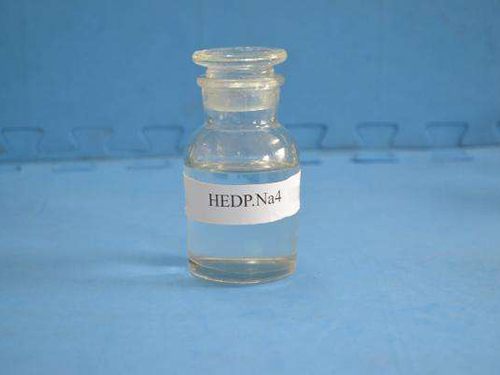Exploring the Properties and Applications of Nonionic Polyacrylamide in Various Industries.
Nonionic Polyacrylamide Properties, Applications, and Benefits
Nonionic polyacrylamide, a water-soluble polymer, is a widely used substance in various fields, including agriculture, wastewater treatment, and biomedical applications. This polymer is characterized by its nonionic nature, meaning it carries no charge, which makes it versatile and effective in a variety of scenarios.
Structure and Properties
Nonionic polyacrylamide is synthesized through the polymerization of acrylamide monomers without the introduction of ionic groups. This results in a polymer that is hydrophilic and can dissolve easily in water. One of the key features of nonionic polyacrylamide is its ability to form thick solutions, which can significantly increase the viscosity of water. This property is critical in applications where fluid motion needs to be controlled or where sedimentation must be minimized.
The stability and effectiveness of nonionic polyacrylamide depend on its molecular weight and degree of cross-linking. Polymers with a high molecular weight exhibit superior viscosity and can create stronger networks in solution. The absence of charged groups leads to lower electrostatic interactions, making nonionic polyacrylamide less sensitive to variations in pH and ionic strength.
Applications in Agriculture
In agriculture, nonionic polyacrylamide is primarily used as a soil conditioner. Its ability to enhance water retention in soil helps in reducing irrigation needs and promoting plant growth. When applied to soil, nonionic polyacrylamide forms a gel-like structure that holds water and nutrients, making them more accessible to plants. This property is particularly beneficial in arid regions where water scarcity is a significant concern. Furthermore, it can also reduce soil erosion by stabilizing soil particles and improving soil structure.
Additionally, nonionic polyacrylamide can be used in erosion control by forming a protective layer on the soil surface. This can be particularly useful in preventing runoff during heavy rains, ensuring that nutrients are retained in the soil for a more extended period.
nonionic polyacrylamide

Environmental Applications
Nonionic polyacrylamide plays a significant role in wastewater treatment processes. Due to its high molecular weight, it acts as a flocculant, aiding in the aggregation of fine particles suspended in water. This property is particularly advantageous in clarifying water and removing impurities. By promoting the settling of solids, nonionic polyacrylamide helps in producing cleaner effluent, reducing the burden on water treatment facilities.
Moreover, because nonionic polyacrylamide is generally non-toxic, it can be a safer alternative to other ionic flocculants. Its use minimizes the introduction of harmful substances into the environment, making it an attractive choice for eco-friendly wastewater treatment solutions.
Biomedical Applications
In the biomedical field, nonionic polyacrylamide has gained attention for its use in drug delivery systems and tissue engineering. Its biocompatibility and ability to form hydrogels enable it to be used as a scaffold for cell growth and tissue regeneration. These hydrogels can be engineered to respond to specific biological stimuli, making them ideal for targeted drug delivery applications.
Additionally, nonionic polyacrylamide can be used in diagnostic assays and biosensors due to its ability to immobilize biomolecules. This application is crucial in enhancing the sensitivity and specificity of various tests, making it a valuable asset in clinical settings.
Conclusion
In summary, nonionic polyacrylamide is a versatile and valuable polymer with a wide range of applications across various industries. Its unique properties allow for effective use in agriculture, wastewater treatment, and biomedical sciences. As research continues and new applications are explored, the importance of nonionic polyacrylamide is expected to grow, highlighting its role in promoting sustainable practices and innovations in technology.
-
Pbtc Scale InhibitorPBTC: A Scale Protector for Industrial Water TreatmentNewsAug.05,2025
-
Organic Phosphonate: An Efficient Defender in the Field of Scale InhibitionNewsAug.05,2025
-
Hydrolyzed Polymaleic Anhydride: Green Pioneer in Scale Inhibition FieldNewsAug.05,2025
-
PAPEMP Polyamino Polyether Methylene Phosphonic Acid For SaleNewsAug.05,2025
-
Flocculant Water Treatment: A Pioneer in Purification in the Field of Water TreatmentNewsAug.05,2025
-
Benzyl Isothiazolinone: An Efficient and Broad-Spectrum Antibacterial Protective GuardNewsAug.05,2025





